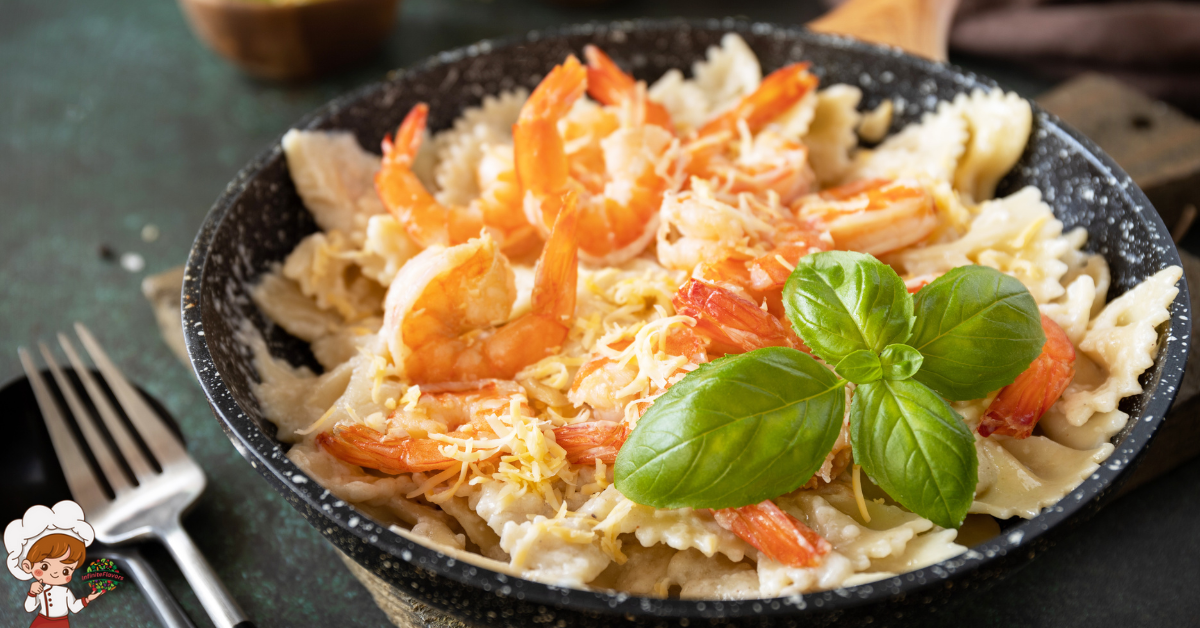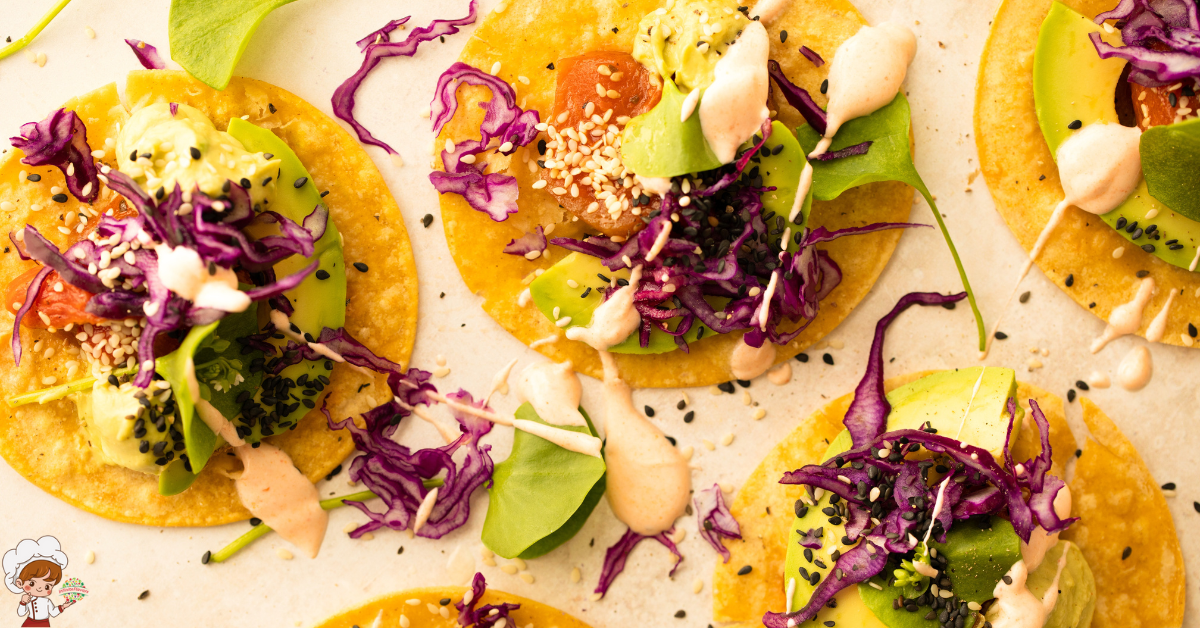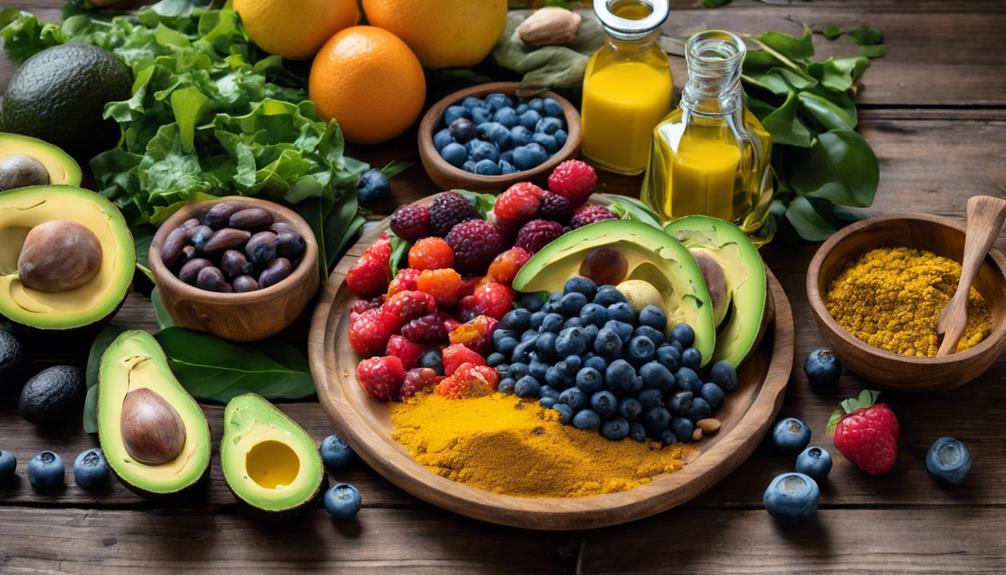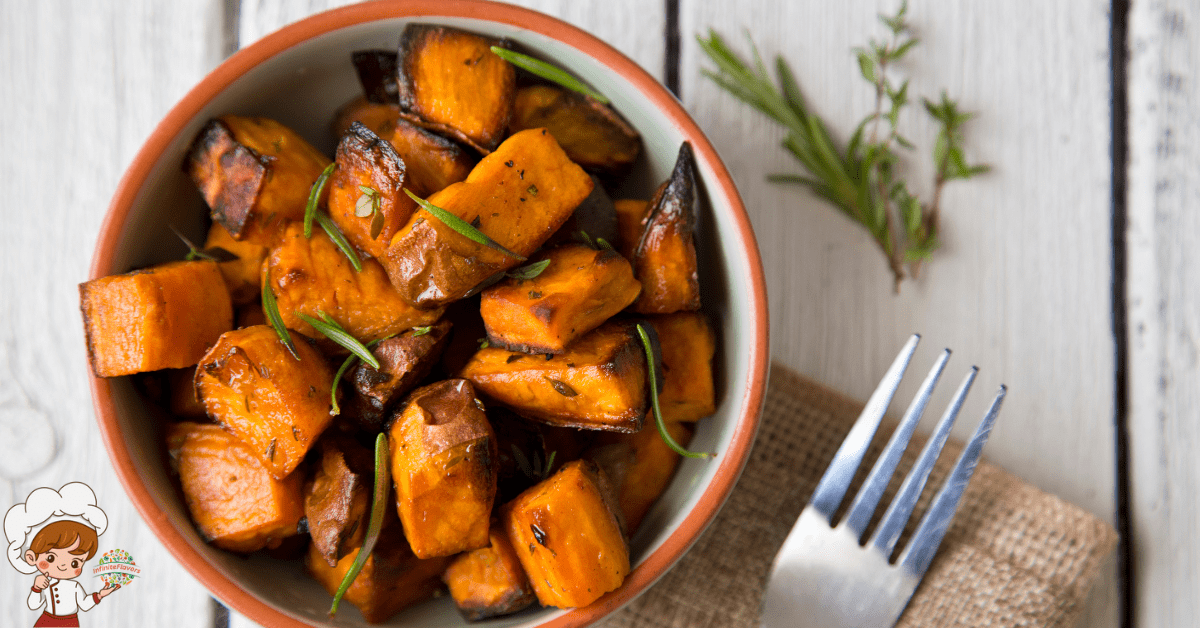The Best Cajun And Creole Comfort Food Classics
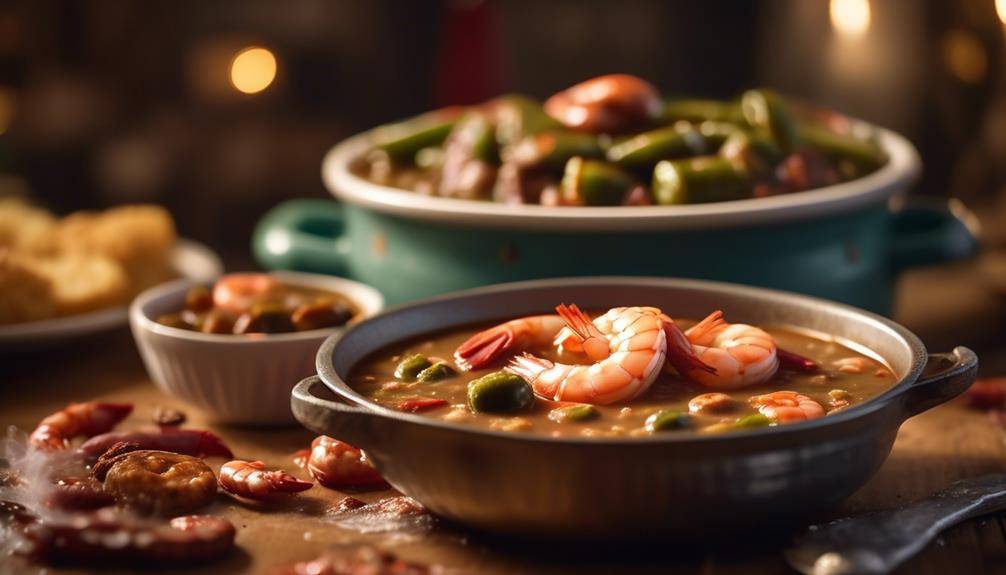
Indulge in the rich and soulful flavors of Cajun and Creole Comfort Food Classics, where every dish tells a story of Southern hospitality and culinary mastery. Step into a world where stews burst with flavors, one-pot wonders ignite your taste buds, and sausages redefine what it means to be savory. But that’s just the beginning. Discover the secrets behind iconic dishes that have stood the test of time, and prepare to embark on a culinary journey that will leave you craving for more.
Gumbo: A Flavorsome Southern Stew
Gumbo, the flavorsome Southern stew, has a rich and storied history that is deeply rooted in the culinary traditions of Cajun and Creole cuisine. Its cultural origins can be traced back to the early 18th century, when French settlers arrived in Louisiana and brought with them their traditional cooking techniques and ingredients. Over time, these culinary practices merged with those of the Creole population, creating a unique blend of flavors and cooking styles that define Cajun and Creole cuisine.
The key ingredients in gumbo are what give it its distinctive taste and character. The dish typically includes a combination of meat or seafood, such as chicken, sausage, shrimp, or crab, along with a variety of vegetables like bell peppers, onions, and celery. These ingredients are then cooked in a thick, flavorful broth, often made with a roux, which is a mixture of flour and fat. The roux serves as the base for the gumbo, providing a rich and velvety texture.
Gumbo is not only a delicious dish, but it also holds a significant cultural importance in the Southern United States. It is often associated with communal gatherings and celebrations, where friends and family come together to share a hearty meal. The act of preparing and enjoying gumbo is a way to connect with the region’s history and traditions.
Jambalaya: A Spicy One-Pot Wonder
After exploring the rich history and flavors of gumbo, it’s time to turn our attention to another Cajun/Creole comfort food classic: Jambalaya, a spicy one-pot wonder that has captivated taste buds for generations. Jambalaya, a dish with West African, French, and Spanish influences, showcases the vibrant and diverse culinary heritage of Louisiana. This flavorful rice dish is known for its aromatic blend of spices, meats, and vegetables.
Jambalaya comes in various forms, each reflecting the distinct regional influences and culinary preferences of Louisiana. The two main variations are Creole and Cajun jambalaya. Creole jambalaya, also known as red jambalaya, is associated with New Orleans and typically includes tomatoes, which give it a rich red color. On the other hand, Cajun jambalaya, commonly referred to as brown jambalaya, originates from rural Louisiana and does not include tomatoes. Instead, it relies on a dark roux for its deep, smoky flavor.
Both variations of jambalaya feature a hearty combination of proteins, such as sausage, chicken, and seafood. The meats are often cooked first to render their flavors and then combined with the “holy trinity” of Cajun/Creole cuisine: onions, bell peppers, and celery. This aromatic base forms the foundation of the dish, providing a harmonious blend of flavors.
Jambalaya, like many Cajun/Creole dishes, has been shaped by the diverse cultural influences present in Louisiana. The African technique of using rice as a staple crop, the French tradition of slow-cooked stews, and the Spanish love for spices all converge in this beloved dish. Through its various regional variations, jambalaya showcases the rich tapestry of Louisiana’s culinary heritage.
Crawfish Etouffee: A Cajun Delicacy
Crawfish Etouffee, a beloved Cajun delicacy, is a rich and flavorful dish that showcases the unique culinary traditions of Louisiana. This traditional preparation is a true labor of love, with each step carefully executed to create a dish that is both hearty and satisfying. Here are three key elements that make Crawfish Etouffee a standout dish:
- Fresh Crawfish: The star of the dish, crawfish are a staple in Louisiana cuisine. These small freshwater crustaceans are known for their tender meat and delicate flavor. In a Crawfish Etouffee, the crawfish tails are the main ingredient, providing the dish with its distinct taste and texture.
- Flavorful Roux: A key component of Cajun cooking, the roux is made by slowly cooking flour and fat until it reaches a rich, caramel color. This mixture serves as the base for the etouffee, adding depth and complexity to the dish. The roux is then combined with a flavorful blend of onions, bell peppers, and celery, known as the “holy trinity” in Cajun cuisine.
- Regional Variations: While Crawfish Etouffee is a classic Cajun dish, there are regional variations that add their own unique twist. In New Orleans, for example, Creole-style etouffee often includes the addition of tomatoes, giving the dish a slightly tangy flavor. In other areas of Louisiana, you might find variations that incorporate different spices or vegetables, reflecting the local ingredients and culinary traditions.
Shrimp and Grits: A Perfect Marriage of Flavors
Shifting our attention from the beloved Crawfish Etouffee, we now turn to the delectable combination of flavors in Shrimp and Grits, a dish that exemplifies the rich culinary heritage of the American South. Shrimp and Grits has become a staple in Southern cuisine, with its origins deeply rooted in the cultural traditions of the region.
The recipe variations for Shrimp and Grits are as diverse as the Southern states themselves. In Louisiana, the dish is often prepared with a spicy kick, incorporating Cajun seasonings and the Holy Trinity of onion, celery, and bell pepper. In South Carolina, a Lowcountry twist is added with the use of country ham and a creamy gravy made from the pan drippings. Each variation adds its own unique touch to this classic comfort food.
The cultural significance of Shrimp and Grits cannot be overstated. Originally considered a humble breakfast dish for fishermen, it has since found its way onto the menus of fine dining establishments across the country. This transition speaks to the dish’s ability to transcend social and economic boundaries, uniting people through their shared love for its comforting flavors.
Historically, Shrimp and Grits can be traced back to the Gullah Geechee people, descendants of West African slaves who settled in the coastal regions of South Carolina and Georgia. Grits, made from corn, were a staple in their diet, while shrimp were plentiful in the nearby waters. The combination of these two ingredients was a natural marriage, resulting in a dish that has stood the test of time.
Red Beans and Rice: A Hearty Louisiana Staple
When it comes to red beans and rice, there are various traditional recipe variations that have been passed down through generations in Louisiana. Each family has their own unique twist on this classic dish, whether it’s adding smoked sausage, ham hocks, or different spices. Red beans and rice also hold a significant cultural significance in Louisiana, often being served on Mondays as a way to use up leftover ham from Sunday dinner.
Traditional Recipe Variations
With its roots deeply embedded in Louisiana’s rich culinary history, Red Beans and Rice has evolved over the years, showcasing a variety of traditional recipe variations that add depth and flavor to this beloved Cajun/Creole comfort food classic. Influenced by the diverse cultures and regional influences of Louisiana, these variations offer a unique twist to the dish.
- Smoked Sausage: In this variation, spicy smoked sausage is added to the dish, infusing it with a rich smoky flavor that complements the creamy texture of the beans.
- Andouille: Another popular variation, andouille sausage brings a robust and slightly spicy flavor to the dish. Its distinctive smokiness adds complexity and depth to the red beans and rice.
- Tasso: Tasso, a highly seasoned and cured pork, is often used in Cajun cooking to add a punch of flavor. When added to the dish, it gives the red beans and rice a deliciously smoky and spicy kick.
These traditional recipe variations highlight the melting pot of influences that have shaped Louisiana’s cuisine, making Red Beans and Rice a true comfort food classic.
Cultural Significance
The cultural significance of Red Beans and Rice as a hearty Louisiana staple can be traced back to its historical roots and the diverse influences that have shaped the state’s cuisine. Red Beans and Rice has become an integral part of cultural celebrations in Louisiana, particularly during Mardi Gras and other festive occasions. This dish has deep historical influences, reflecting the traditions of the diverse communities that have called Louisiana home.
The combination of red kidney beans, rice, and flavorful seasonings is a testament to the fusion of African, Native American, French, and Spanish culinary traditions. The dish symbolizes unity and resilience, as it originated from the practice of using leftover ham bones to flavor a simple meal. Red Beans and Rice has transcended its humble beginnings to become a beloved culinary icon, representing the rich cultural heritage of Louisiana.
Po’ Boys: Classic Sandwiches With a Cajun Twist
Po’ Boys, the iconic Cajun sandwiches with a unique twist, have a rich history and a tantalizing blend of flavors that make them a beloved comfort food classic. These sandwiches, traditionally prepared with French bread and filled with a variety of ingredients, have become a staple in Cajun and Creole cuisine. Here are three reasons why Po’ Boys are a must-try culinary experience:
- Traditional Preparation: Po’ Boys are traditionally made with a crusty French bread loaf, known for its light and airy texture. The bread is sliced lengthwise and filled with a generous amount of ingredients, such as roast beef, fried seafood, or even grilled sausage. The key to a perfect Po’ Boy is the balance between the bread and the filling, creating a harmonious combination of flavors and textures.
- Popular Variations: While the classic Po’ Boy typically features roast beef or fried seafood, there are numerous variations that have gained popularity over the years. Some popular variations include the shrimp Po’ Boy, where succulent shrimp are breaded and fried to perfection before being nestled in the bread. Another beloved variation is the oyster Po’ Boy, where plump and juicy oysters are lightly fried and served with a tangy remoulade sauce. These variations showcase the versatility and creativity of Cajun cooking.
- Historical Significance: The history of the Po’ Boy dates back to the late 1920s when it was created to support striking streetcar workers in New Orleans. The name “Po’ Boy” is said to have originated from the term “poor boy,” as the sandwiches were affordable and filling. This humble sandwich quickly gained popularity and became a symbol of resilience and solidarity. Today, the Po’ Boy stands as a testament to the rich cultural heritage of Louisiana.
Boudin: A Sausage Like No Other
Boudin, a unique and flavorful sausage originating from Cajun and Creole cuisine, offers a culinary experience like no other due to its rich history, distinctive ingredients, and complex flavors. Boudin has become a beloved staple in Louisiana, with its roots tracing back to the French and Acadian settlers who brought their sausage-making traditions to the region.
One of the reasons boudin stands out is its varied and interesting ingredients. Traditionally, boudin is made with pork liver, ground pork, rice, onions, and a blend of spices. However, each region and even each butcher may have their own special recipe, resulting in slight variations in taste and texture. Some versions may include ingredients like green onions, parsley, or even alligator meat for a unique twist.
The history of boudin is as rich as its flavors. Originally, boudin was a way to make use of every part of the pig, including the offal and scraps. The mixture was then stuffed into casings made from the pig’s intestines, creating a sausage that was easy to transport and cook. Over time, boudin evolved and became a beloved dish in Cajun and Creole households, cherished for its comforting and hearty qualities.
Today, boudin has gained such popularity that it has its own festivals dedicated to celebrating this sausage like no other. Boudin festivals have become annual events, where locals and visitors alike can indulge in a variety of boudin dishes, from classic recipes to innovative creations. These festivals not only showcase the diverse flavors and styles of boudin but also serve as a testament to the enduring culinary traditions of Louisiana.
Beignets: Sweet and Pillowy Fried Treats
Beignets, delectable fried pastries that are sweet and fluffy, have a long and fascinating history rooted in French culinary traditions. These delightful treats have been enjoyed for centuries and continue to be a beloved part of Louisiana’s rich food culture. Here are three key points about beignets that will surely pique your interest:
- Traditional Preparation: Beignets are made from a simple dough consisting of flour, yeast, sugar, salt, milk, and eggs. The dough is mixed until smooth and then left to rise before being rolled out and cut into squares or circles. These pieces of dough are then deep-fried until golden brown and crispy on the outside, while remaining soft and pillowy on the inside. Once cooked, the beignets are generously dusted with powdered sugar to add a touch of sweetness.
- Regional Variations: While the classic beignet recipe remains the same, there are regional variations that add unique flavors and twists to this beloved treat. In New Orleans, for example, beignets are often served with a cup of café au lait, creating a perfect harmony of flavors. Other variations include filling the beignets with fruit preserves, chocolate, or even savory fillings like crawfish or shrimp. These regional variations showcase the creativity and diversity of Louisiana’s culinary traditions.
- Historical Significance: Beignets have a deep-rooted history in French cuisine, dating back to the Roman Empire. The French brought their culinary expertise to Louisiana when they settled in the region, and beignets quickly became a part of the local food culture. Today, beignets are not only enjoyed in Louisiana but also celebrated around the world as a symbol of indulgence and comfort.
Bread Pudding: A Decadent Cajun Dessert
When it comes to bread pudding, the flavor of the bread base is crucial. Cajun bread pudding typically uses day-old French bread, which has a dense and chewy texture that absorbs the custard mixture perfectly. As for the custard sauce, it is rich and creamy, made with a combination of eggs, milk, sugar, and vanilla. This decadent dessert is a beloved classic in Cajun cuisine, with its comforting flavors and indulgent texture.
Flavorful Bread Base
To create the indulgent and rich flavor of Cajun Bread Pudding, a flavorful bread base is essential. The Cajun cuisine is known for its bold and robust flavors, and the bread used in the bread pudding plays a crucial role in enhancing the overall taste. Here are three types of bread that can elevate your Cajun Bread Pudding to new heights:
- Gumbo Bread: Made with a combination of cornmeal and wheat flour, gumbo bread adds a unique texture and depth to the pudding. Its slightly sweet and earthy flavors complement the richness of the custard.
- Jambalaya Rolls: These savory rolls infused with Cajun spices and filled with ingredients like sausage, shrimp, and vegetables bring a delightful twist to the traditional bread pudding. Their complex flavors add an unexpected burst of taste to each bite.
- French Baguette: Although not traditionally Cajun, a French baguette can be used to create a lighter and fluffier bread pudding. Its crusty exterior and soft interior provide a delightful contrast, allowing the flavors of the custard to shine through.
Rich Custard Sauce
Building upon the foundation of a flavorful bread base, the next essential component in creating the decadent Cajun dessert of Bread Pudding is a rich and velvety custard sauce. This sauce is the perfect complement to the warm, moist bread pudding, adding a creamy and indulgent element to the dish. The recipe variations for the custard sauce are vast, with some including a combination of milk, cream, eggs, sugar, vanilla extract, and a hint of nutmeg or cinnamon.
These ingredients are whisked together and then gently cooked over low heat until the sauce thickens and coats the back of a spoon. The custard sauce has deep cultural history in Cajun cuisine, as it reflects the influence of French culinary traditions on the region. Its velvety texture and luscious flavor make it a beloved addition to bread pudding, offering a taste of comfort and nostalgia.
Cajun And Creole Comfort Food Classics; Frequently Asked Questions
What Is the History of Gumbo and How Did It Become a Popular Dish in Southern Cuisine?
Gumbo’s history and its rise in popularity in southern cuisine are fascinating. It has a rich, diverse background and has influenced other cuisines. Let’s delve into the origins and evolution of this beloved dish.
Can I Substitute Any Ingredients in Jambalaya to Make It Vegetarian-Friendly?
To make jambalaya vegetarian-friendly, you can substitute traditional proteins like chicken or seafood with plant-based alternatives like tofu, tempeh, or seitan. You can also use vegetable broth instead of meat-based stock for added flavor.
How Is Crawfish Etouffee Traditionally Served and What Are Some Common Variations of This Cajun Delicacy?
Crawfish etouffee is traditionally served over a bed of white rice, allowing the flavors to meld together. Some popular variations include adding vegetables like bell peppers and celery, or substituting shrimp for crawfish.
Are There Any Regional Variations of Shrimp and Grits, and What Are Some Popular Flavor Combinations?
Regional variations of shrimp and grits can be found throughout the southern United States. Popular flavor combinations include bacon, cheese, and green onions in the Lowcountry of South Carolina, and spicy tomato-based sauces in Louisiana.
What Are Some Traditional Accompaniments to Red Beans and Rice, and Are There Any Variations of This Hearty Louisiana Staple?
Some traditional accompaniments to red beans and rice include sausage, cornbread, and pickled vegetables. Variations of this hearty Louisiana staple can include adding different types of meat or spices for a unique flavor profile.
Conclusion
In conclusion, Cajun and Creole comfort food classics offer a rich and diverse culinary experience. From the flavorsome gumbo to the spicy jambalaya, these dishes showcase the unique blend of French, African, and Caribbean influences that define Louisiana cuisine. Each dish tells a story, steeped in the history and culture of the region. Whether it’s the savory crawfish etouffee or the sweet beignets, these dishes are a testament to the rich culinary heritage of Cajun and Creole cooking.




